The indie game revolution revived genres of games that were beginning to lose their mass appeal — namely platformers. With the popularity of Steam and digital downloads on consoles, platformer games started releasing in huge numbers again. The genre stopped being dominated by names like Nintendo and fans embraced the creativity of smaller studios.
Last year was no different, with some of the best platformers of the decade releasing. It doesn’t take much digging to find out about the hottest titles like Inside and Super Mario Run, but if you’re jumping for joy at the idea of playing some of the best platformers of 2016, look no more.
Headlander
Headlander is easily the most unconventional game on this list. It jumbles Metroid with old school sci-fi movies like Alien and puts you in control of a floating head. Yes, a platformer game where you don’t necessarily jump everywhere, but you fly through the levels in order to take control of robot bodies to make your own.
The theme in Headlander is unique, and under the creative umbrella of Double Fine and Adult Swim, this comes to no surprise. Robot enemies and NPC’s are former humans who uploaded their consciousness’ into what is called the Pleasure Dome. I’ll let your imagination figure the rest of that out.
The gameplay in Headlander is completely new yet familiar at the same time. Bodies are essentially different weapons, and you can upgrade your helmet in different ways like in other Metroidvania games. You can infinitely fly throughout the levels but must collide into enemies to decapitate them and take their bodies. The game mixes aesthetic, humor, and fun gameplay to make a remarkable experience.
Candle
Teku Studios from Spain wanted to make an impact on the indie scene with their debut game. Candle is a slow-paced, stealthy platformer. Named after the studio, the story follows a young man named Teku who is on a quest to save his shaman apprentice. The soothing narration along with the beautiful hand-drawn watercolor graphics make the entire game feel like you’re in a living painting.
Teku is not a speedy or powerful protagonist like in many other platformers. He instead focuses on stealth elements to combat enemies along with using his trusty candle. Teku uses his candle to illuminate new areas or overcome challenges, but the flames do not last forever. Sources of light must be uncovered and used, and sometimes the candle must be blown out in order to advance.
Candle’s unique gameplay and alluring visuals are accompanied by a distinctive Spanish theme. The indigenous culture is apparent in the towns and characters and they blend excellently with the international style music. Candle is a relatively obscure game, with most of its reviews coming from foreign critics and websites. There may not be a lot of press coverage out there for Candle, but it is definitely a game to keep an eye out for.
Bound
Jumping on the success of games like Journey and The Unfinished Swan, Bound immerses us into a narrative that’s more about the atmosphere and art than gameplay. The protagonist sways through levels gracefully dancing from platform to platform. The controls are simple and the enemies do not pose a significant threat, but the world of Bound is a story of its own.
Interpretation is key in dance and in Bound. The game uses its mechanics to key players in on what is actually happening, leaving much of the story up to the player’s interpretation. The main plot is similar to a basic fairy tale, but the undertones and environment tell a story of their own of a woman who imagined a whole new world to better understand her own.
Bound’s colorful landscape, majestic movement, and unique alternate paths keep players eyes glued to the screen and immersed in the beautiful world. The gameplay could use some more variety, and the dances themselves could have some more impact in the game, but Bound does an excellent job of promoting the fusion of art and games.
BoxBoxBoy
A tiny gem in a sea of AAA titles and 3D games, BoxBoxBoy combines simplicity with a quirky theme to make one of the best downloadable 3DS games. Brought to life from the creators of Kirby and Super Smash Bros., BoxBoxBoy follows the tale of our adorable box-shaped hero, Qbby in his second adventure.
Qbby uses his abilities to create boxes out of his body in order to press switches, build platforms, and block laser beams in order to reach his destination. Following the formula of the original BoxBoy, the sequel takes the only logical route — add more boxes.
With two sets of boxes, the complexity and variety of puzzles increase exponentially. The game also enlists a limit to how many boxes you can use in order to collect the elusive crowns in the game. Each level presents challenges that are not made for trial and error, but rather solved through planned out strategies. BoxBoxBoy offers a number of different costumes you can dress Qbby in and also has a number of challenging post-game levels. For less than 5 bucks, BoxBoxBoy is a must-have on the 3DS.
Salt and Sanctuary
Commonly referred to as the 2D Dark Souls, Salt and Sanctuary is no ordinary platformer. The influence is immediately recognizable and the harsh gameplay it dishes out is just as hard as its seminal games’. Players take control of a hero who must roll to dodge enemies, memorize attack patterns, and die over and over again in order to make any progress.
The customization in Salt and Sanctuary is through the roof. Ska Studios boasts over 600 weapons, armor, spells, and items — many of which can be crafted and upgraded. However, the game starts you off with essentially nothing, forcing players to patiently work for that big number. The game never explicitly directs you to your destination or has an overarching storyline. Everything is learned through gameplay and lore scattered throughout items and the sparse NPCs the game has to offer.
Although the game borrows heavily from the Souls series and JRPG leveling systems, the game plays very much like a Metroidvania game. Aside from fighting, there are some challenging platforming sections that are inaccessible until certain moves are learned. Revisiting areas to find weapons and fight more enemies is a common occurrence.
Shantae: Half-Genie Hero
Reminiscent of old-school 90’s platformers and cartoons, Shantae: Half-Genie Hero’s vibrant graphics and funky soundtrack give the impression of an HD Sega Genesis game. The traditional side-scrolling levels are quick and full of explorable areas that are chock-full of collectibles to find. The musical direction is apparent the entire game, as Shantae dances to transform into different animals. Each animal enables different abilities Shantae can use to access different areas within levels and traverse over areas.
The game has a central town where you can purchase items, talk to NPCs, and most importantly, take on side missions that reward Shantae with new animal transformations. Outside of the town is a pulsating world of steaming deserts, riddled pirate ships, and tranquil temples. The cheery music and brightly colored hand-drawn art are a pleasure throughout the whole game.
Similar to Kirby games, Half-Genie Hero is not a difficult game in terms of defeating enemies. The monsters throughout the game won’t have patterned attacks like in Salt and Sanctuary and will more than likely walk back and forth and sprint towards you when startled. The real fun in the game is the experimentation of abilities, exploration of the beautiful levels, and the cleverly designed boss fights.
Owlboy
This list is for the best platformers you haven’t heard of yet, and although Owlboy is gushed over by critics everywhere, its long development cycle may have put it under the radar for many. Developed over 8 years, Owlboy is an old-school platformer for the new age of games. The pixel art is as perfect as any can get. Everything from the subtle movements of characters to the distinctly detailed design immediately draws attention to the game.
The presentation alone is enough to suck players in, but what really keeps them in is the gameplay. Owlboy’s main character Otus is extremely limited by himself as he can only roll, spin, and fly. However, Otus teams up with his friends to form differing ways to fight enemies. Defeating enemies creatively is rewarded with treasure, and Otus’ unique friends make every level feel fresh and new.
Everything from the level design to the music, to the sob-inducing story, is top notch. Don’t just take my word for it, though, look online at the raving reviews, or check it out for yourself to get engrossed in a real work of art.
Last year proved to be a quite the year for platformers, and 2017 is promising to be equally as good. Before starting a new adventure in anticipated games like Yooka-Laylee and Super Mario Odyssey, jump into one of last years best platformers to hold you over.






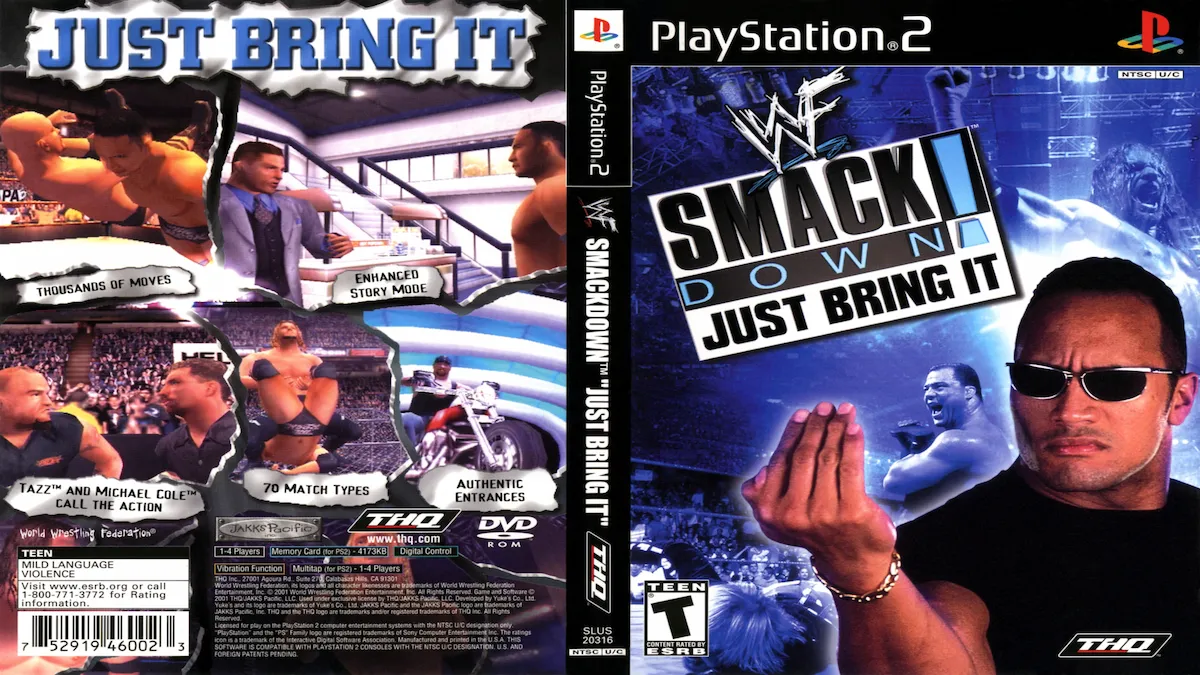
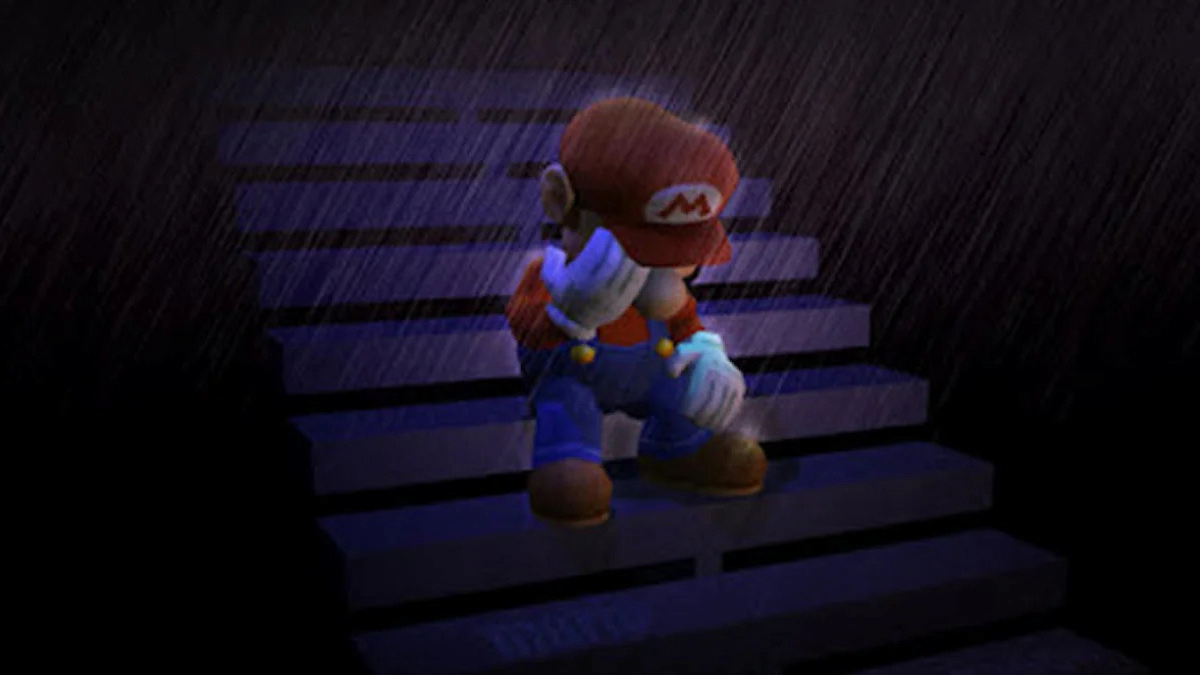
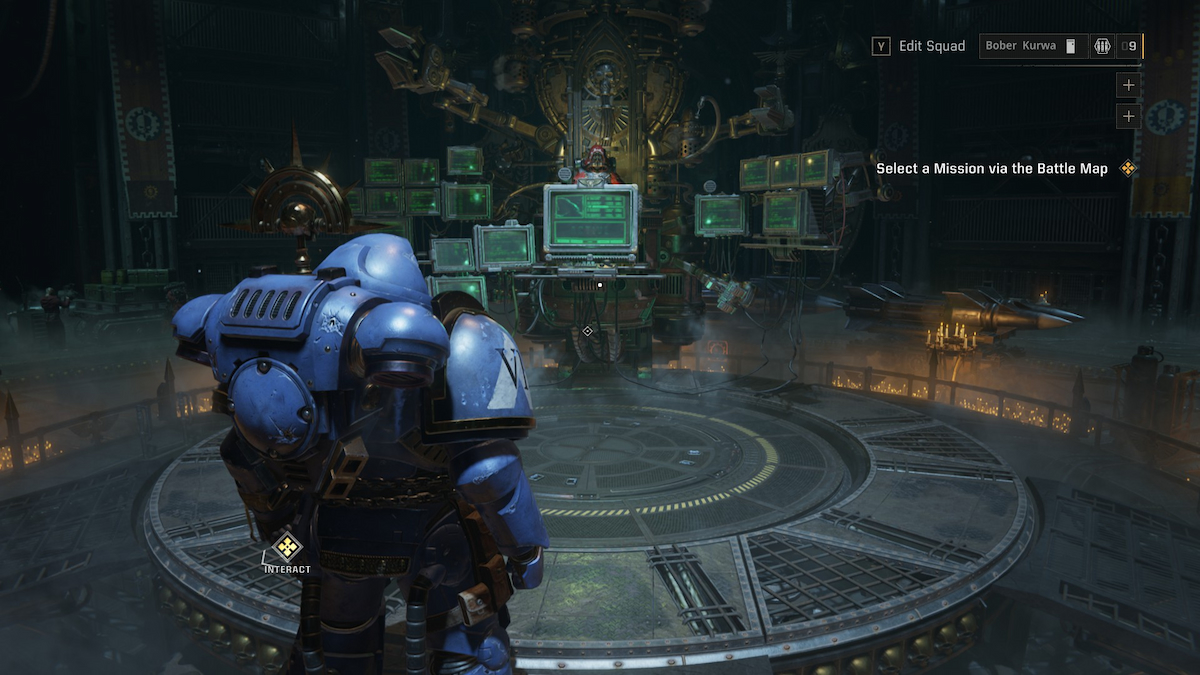
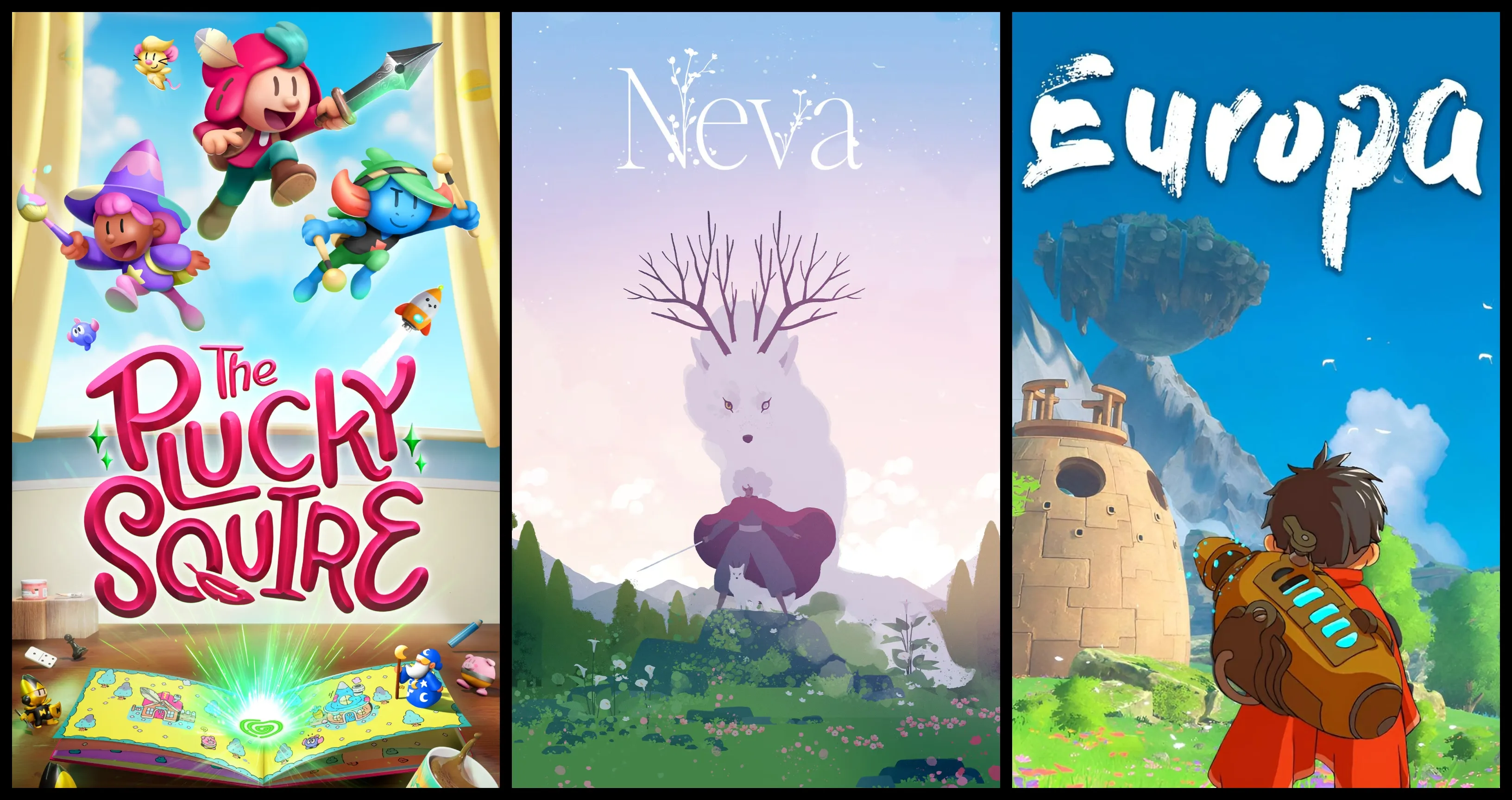
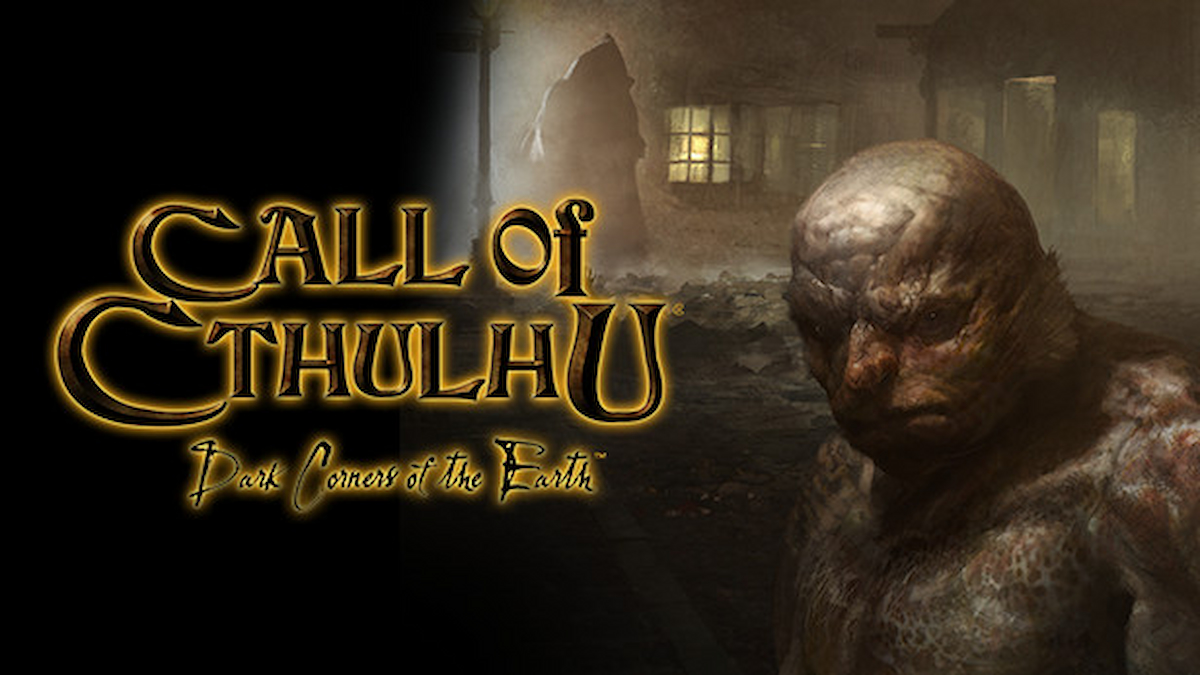
Published: Jan 28, 2017 07:08 pm